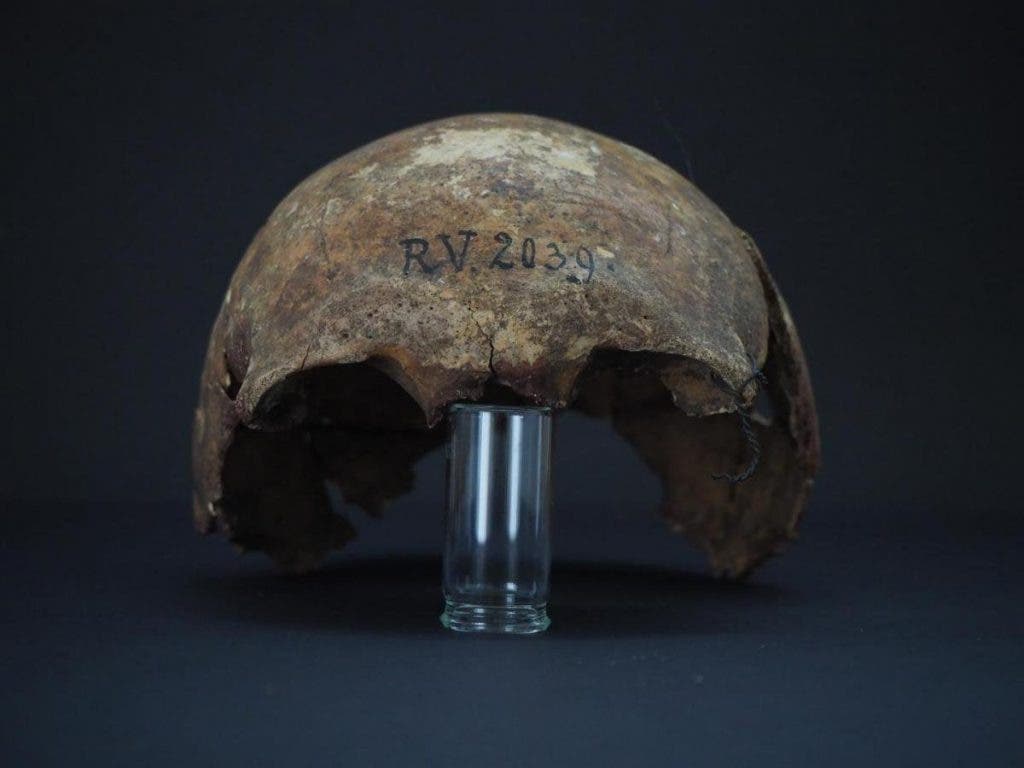About 5,000 years ago, a young man in Northern Europe was buried in a region called Riņņukalns in Latvia. As it turns out, the man had been infected with the oldest strain of Yersinia pestis — the bacterium that caused the Black Death plague, which spread through medieval Europe. This is the oldest case of the plague researchers have ever found.

This means that the strain of the infectious bug emerged about 2,000 years earlier than previously thought, according to a new study. The black plague swept through Europe in the 1300s, wiping out as much as half of the population. Later waves continued to strike regularly over several centuries, causing millions of deaths. But we’re still not quite sure when the pathogen first emerged in humans.
“It seems this bacterium has been around for quite a long time,” study co-author Ben Krause-Kyora, who heads the Ancient DNA Laboratory at the University of Kiel in Germany, told ABC News. “Up to now this is the oldest-identified plague victim we have. He most likely was bitten by a rodent and got the primary infection.”
Riņņukalns is an archaeological site next to the River Salaca in Latvia, with layers of mussel shells and fish bones left by hunter-gatherers. The site was first excavated in 1875 by an archaeologist, who found two graves with the remains of a man and a girl. The bones were given to anthropologist Rudolf Virchow, but vanished during World War II.
In 2011, the bones were rediscovered in Virchow’s anthropological collection in Berlin. Shortly after, two more graves were uncovered at Riņņukalns. The remains were thought to be part of the same group of hunter-gatherers as the teenage and the man. Not much was known about their genetic makeup or the infectious diseases they encountered.
To find out, Krause-Kyora and his team took samples from the teeth and bons of the four hunter gatherers, hoping to sequence their genomes. They also screened their genomic sequences for bacteria and viruses. All individuals were clear of Yersinia pestis, except one – the RV 2039 specimen who was a 20 to 30-year-old man.
The researchers compared the bacterium’s genome to ancient and modern Yersinia Pestis strains. The man had been infected with a strain that was part of a lineage that emerged about 7,000 years ago – the oldest-known strain. It may have evolved after breaking away from its predecessor, Yersinia pseudotuberculosis, which causes an illness similar to scarlet fever.
This strain of the plague didn’t contain the gene that lets it spread from fleas to humans, unlike its medieval counterpart. But the researchers believe the man may have been infected after being bitten by a rodent carrying the bacterium. The man’s genome had signs of carrying the bug in his blood, suggesting he could have died of the infection.
The fact that only one man and not the rest of the people buried showed signs of infection suggests that this Yersinia pestis srtain may have been less contagious than later strains. The infections caused by it may have occurred in small isolated cases, and evolved to its medieval and modern forms, alongside the growth of human civilization and the development of bigger cities.
The study was published in the journal Cell.


